

Home
About Us
Allotments
Garden Equipment
Seed Suppliers
Manure Problems
Children's Pages
GLA Blog
Weather Blog
School Veg Patch
Useful Links
Blue Tit
Blue tits on the allotment or garden are helpful as during the spring and summer, they feed their young with thousands of caterpillars. This helps to keep down the numbers of plant-eating pests. During the summer the blue tits live mainly on insects but they will also feed mainly on insects and their larvae, spiders, seeds, fruit, grain, nuts and buds.
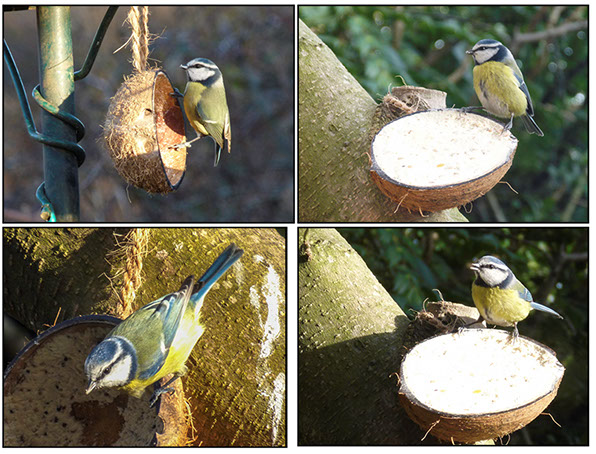
They will be regular visitors to any gardens offering fatty treats, peanuts, sunflowers or sunflower hearts.
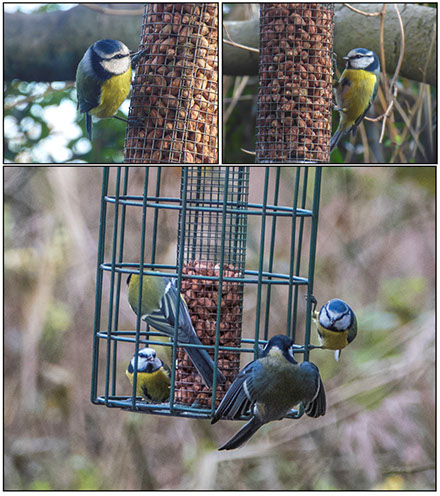
They will take sunflowers from feeders away to a nearby perch where they will grasp the seed between their feet and hammer into the seed with their beaks giving the impression of tiny woodpeckers.
 Blue tits breed wherever there are areas of trees with suitable nest holes. They start looking for nesting sites about February. Nest boxes in gardens are readily used, especially if there is a shortage of natural sites in an area.
Blue tits breed wherever there are areas of trees with suitable nest holes. They start looking for nesting sites about February. Nest boxes in gardens are readily used, especially if there is a shortage of natural sites in an area.
We set up a web cam nest box in our garden which a pair of blue tits quickly claimed. You can read more about this and view the video clips taken of the activity by clicking here.
A clutch of 7 - 13 eggs is laid from mid-April to early May Incubation lasts almost two weeks. The young hatch at a time when food is at its most abundant. They are fed by both parents, mainly on small caterpillars, and stay in the nest for two or three weeks. The adults also remove the droppings regularly, to keep the nest clean.
Making a Nest Box for Blue Tits
The RSPB have an excellent web site giving all the instructions needed to build all sorts of nest boxes. Click here to visit RSPB web site about making nest boxes.
Its especially important to make the hole the correct size for the bird you hope will use your nest box as home. The sizes are repeated below. The entrance hole size depends on the species you hope to attract:
- 25 mm for blue, coal and marsh tits,
- 28 mm for great tits, tree sparrows and pied flycatchers,
- 32 mm for house sparrows, nuthatches and lesser spotted woodpeckers,
- 45 mm for starlings,
If you don’t want to make you own nest box then there are plenty of ready made boxes to choose from.
Feeding & Leaving the nest box
We took this video of adult blue tits feeding their youngsters in our garden. As you will see at the end of the film leaving the safety of the nest box for the world outside can be a daunting experience for a fledgling.
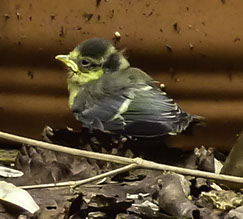
Once the fledglings leave the nest they are likely to hang around in the garden for a little while and you may here them calling to the parents who are still feeding them. If you find a young bird alone don’t assume that the parent birds have deserted it. If you watch from a distance you will probably see the parent bird arrive to feed it.
When they leave the nest young blue tits have short stubby tails and still have the clown like gaping beak.
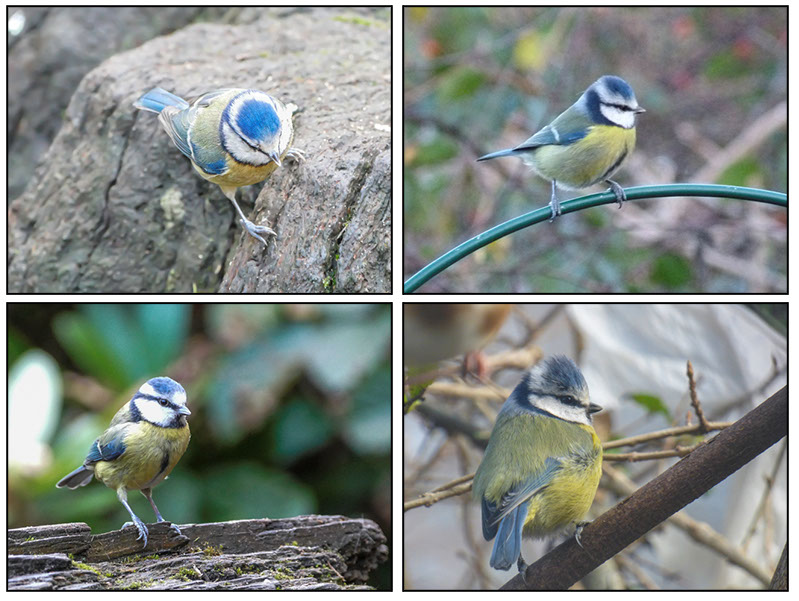
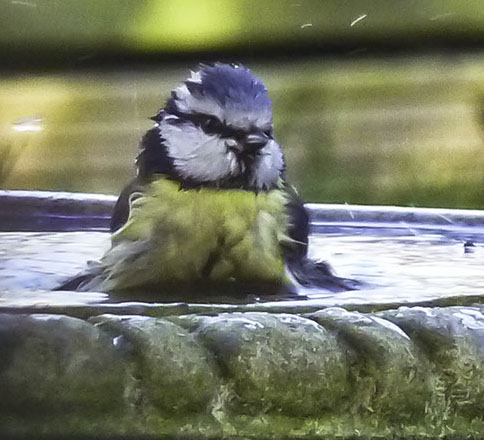
Our Plot at Green Lane Allotments Blog | A Gardener's Weather Diary | School Vegetable Patch Website
© Our Plot on Green Lane Allotments - Please email me if you wish to use any of this site's content
